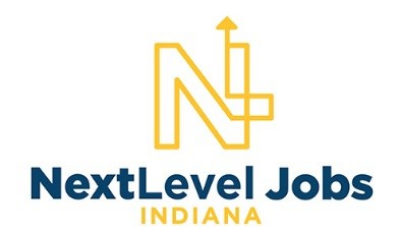No matter which field of study interests you, Ivy Tech Community College offers a variety of exceptional programs and concentrations statewide that let you hit the ground running. Whether you want to continue your education at a four-year school or start your career as soon as possible, we can help you get started quickly and affordably. Explore our programs, degrees and certificates, courses, and more to find your fit.
Qualified high school students can earn a 2-year associate degree in under a year in this nationally-recognized, full-time program. 100% of our ASAP (Associate Accelerated Program) students have been accepted into one or more 4-year colleges!
Find the program meant for advancing you towards your career — quickly and affordably.
Classes at Ivy Tech are available in a variety of formats, including in-person, online, or hybrid (a combination of both in-person and online). You pick the classes that best fit your learning style.
Search courses by term, campus, and class type to see what’s being offered in upcoming terms.
To register for classes, you must already be accepted to Ivy Tech and have met with your Advisor. When you’re ready to build out your official schedule and register for classes, log into Schedule Builder in the MyIvy student portal. Visit the How to Register for Classes page for more information.
 Get a free Ivy Tech credential for $0.
See if you qualify
Get a free Ivy Tech credential for $0.
See if you qualify
Improve productivity, performance, and profitability with a variety of customizable, high quality, affordable — and even no-cost — training and certificate programs.

The Next Level Jobs program could be your path towards a high-paying, high-demand job in health sciences, advanced manufacturing, construction, IT, business, transportation, or logistics.